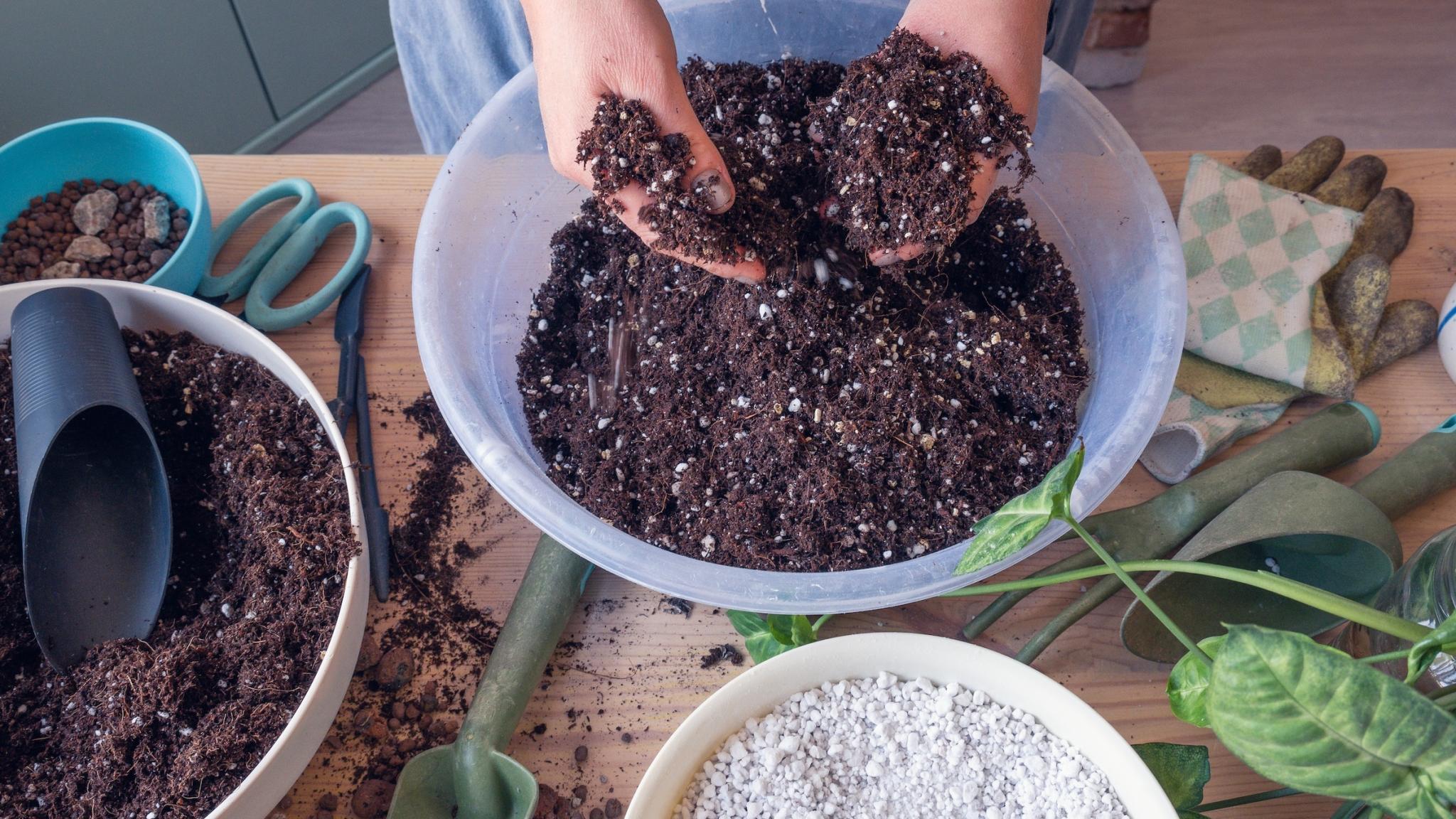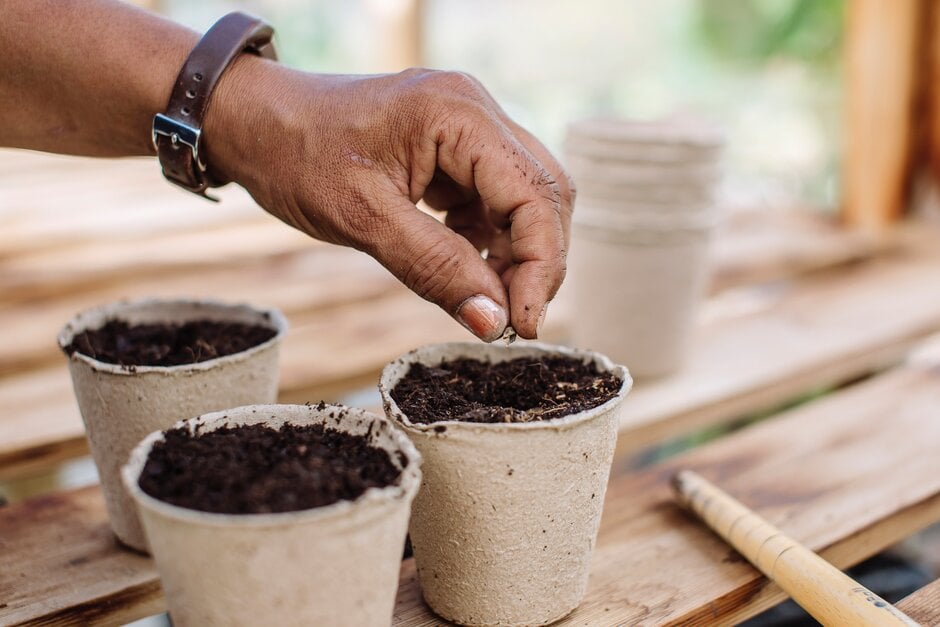How to Grow Amla Seeds: A Beginner's Guide
Growing amla (Emblica officinalis), also known as Indian gooseberry, from seeds is a rewarding and relatively straightforward process. Amla is prized for its medicinal properties and is used in various culinary dishes as well. Here's a step-by-step guide to help you grow amla seeds successfully:
1. Gather Your Materials:
- Amla seeds (fresh seeds from ripe fruits)
- Pot or container with drainage holes
- Well-draining potting mix
- Watering can or spray bottle
- Plastic wrap or clear plastic bag
- Sunny spot or grow lights
2. Prepare the Potting Mix:
- Fill the pot or container with well-draining potting mix. You can also mix sand or perlite to improve drainage.

3. Planting the Seeds:
- Moisten the potting mix slightly before planting.
- Plant the amla seeds about 1/2 inch deep into the soil. Place them horizontally in the soil with the rounded side facing up.

4. Watering:
- Water the soil thoroughly after planting until it's evenly moist, but not waterlogged.
- Keep the soil consistently moist, but not soggy, throughout the germination process.
5. Germination:
- Cover the pot with plastic wrap or place it inside a clear plastic bag to create a humid environment.
- Place the pot in a warm location with indirect sunlight or under grow lights.
- Amla seeds typically germinate within 3-6 weeks, but it can take longer, so be patient.

6. Transplanting:
- Once the seedlings have developed several sets of true leaves and are sturdy enough to handle, transplant them into larger pots or directly into the ground if the weather permits.
- Choose a well-draining location with full sun for planting outdoors.

7. Care and Maintenance:
- Water the seedlings regularly, ensuring the soil remains consistently moist but not waterlogged.
- Fertilize the plants with a balanced fertilizer every 4-6 weeks during the growing season.
- Prune the plants occasionally to promote bushier growth and remove any dead or diseased branches.
- Protect young plants from frost during the winter months if you're growing them in a colder climate.
8. Harvesting:
- Amla trees typically begin bearing fruit 3-4 years after planting.
- Harvest the fruits when they are fully ripe, which is usually in the fall.
- To harvest, gently twist the fruits from the branches or use scissors to cut them from the tree.
9. Enjoying Your Amla Harvest:
- Use fresh amla fruits in culinary dishes, juices, or preserves.
- Store any excess fruits in the refrigerator for up to a few weeks, or freeze them for longer-term storage.
Growing amla from seeds can be a gratifying experience, allowing you to enjoy the health benefits of this versatile fruit right from your own garden. With proper care and attention, your amla tree can thrive and provide you with a bountiful harvest for years to come.
FAQs (Frequently Asked Questions) about Growing Amla Seeds:
Q: Can I use store-bought amla seeds for planting? A: While it's possible to use store-bought amla seeds, it's best to use fresh seeds from ripe fruits for higher germination rates.
Q: How long does it take for amla seeds to germinate? A: Amla seeds typically germinate within 3-6 weeks, but it can take longer depending on various factors such as temperature and soil moisture.
Q: Do amla trees require special care? A: Amla trees are relatively low-maintenance once established. They require regular watering, well-draining soil, and occasional fertilization. Protect young plants from frost, and prune them occasionally to promote bushier growth.
Q: Can I grow amla trees indoors? A: Yes, you can grow amla trees indoors as long as they receive plenty of sunlight. Consider using grow lights if natural sunlight is insufficient.
Q: How big do amla trees grow? A: Amla trees can grow up to 8-18 meters (26-59 feet) tall when planted outdoors. However, they can be pruned to maintain a smaller size if grown in containers or smaller spaces.
Q: When is the best time to harvest amla fruits? A: Amla fruits are typically harvested when they are fully ripe, which is usually in the fall. The fruits should be firm and have a slightly yellowish-green color.
Q: How do I know if my amla tree is getting enough water? A: Monitor the soil moisture regularly. Amla trees prefer consistently moist soil but can tolerate brief periods of drought. Signs of underwatering include wilting leaves and dry soil.
Q: Can I grow amla trees from cuttings instead of seeds? A: Yes, amla trees can be propagated from semi-hardwood cuttings with rooting hormone. However, growing from seeds is more common and easier for beginners.
Q: Are amla trees susceptible to pests and diseases? A: Amla trees are relatively resistant to pests and diseases. However, they may occasionally be affected by aphids, fruit flies, or fungal diseases. Regular inspection and proper care can help prevent and manage these issues.
Q: How long does it take for amla trees to bear fruit? A: Amla trees typically begin bearing fruit 3-4 years after planting, although it may take longer in some cases. Once established, they can produce fruit for many years.







